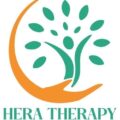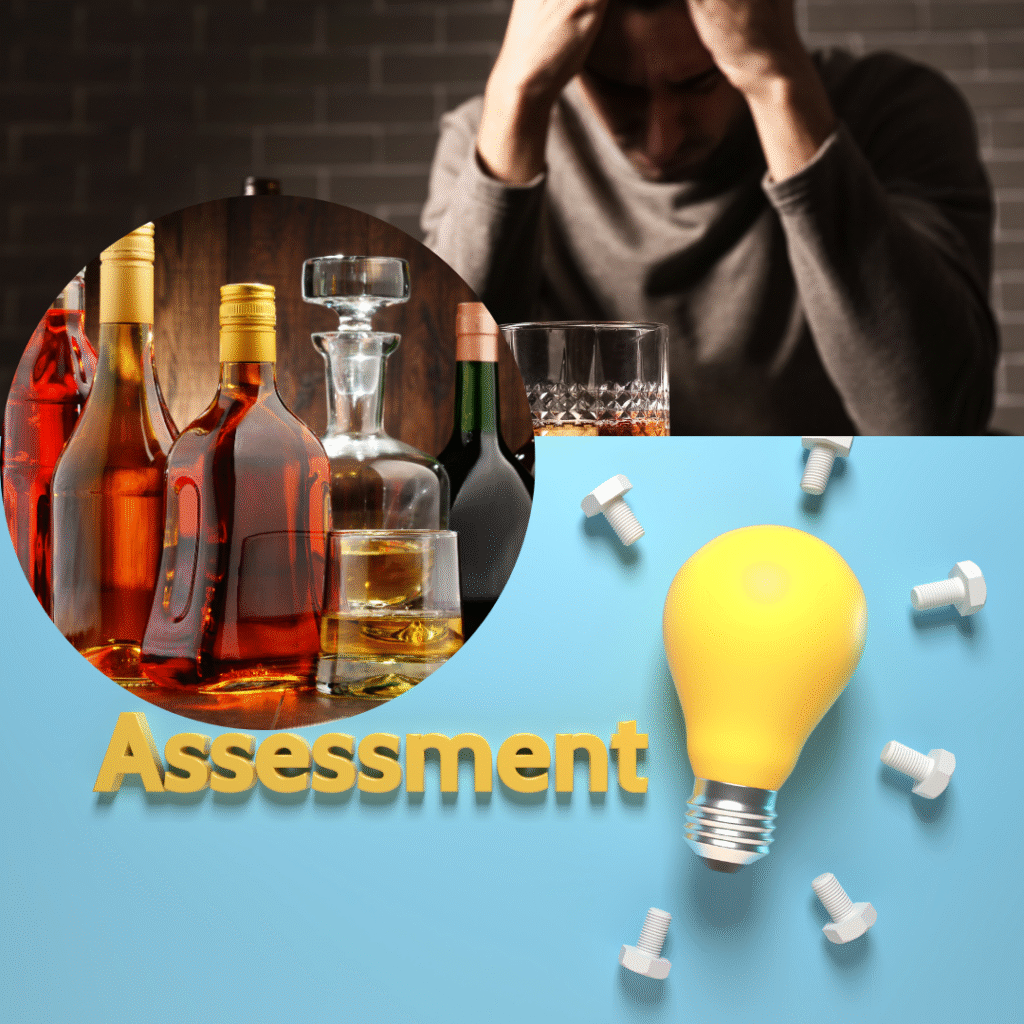Alcohol misuse and Alcohol-Use Disorders are a growing concern in Kenya, yet many people don’t know where to begin when it comes to getting help. Alcohol assessment tools offer a simple but powerful way to understand alcohol use, identify risks, and guide the next steps toward support or treatment.
These tools support clinics, community programs, and personal health efforts. They help professionals track behavior and guide care, while individuals can use them to better understand their drinking habits. Using standardized alcohol assessment tools brings clarity, structure, and direction to the recovery journey.
In this article, we explore the most effective drug and alcohol assessment tools available in Kenya including the widely trusted Alcohol Use Disorders Identification Test (AUDIT) and how to use them in everyday settings.
Also Read: Best Mental Health Support Groups in Kenya
What Are Alcohol Assessment Tools?
Alcohol assessment tools are structured questionnaires or screening instruments used to identify problematic alcohol (and sometimes drug) use. They range from quick self‑assessments to more detailed clinician-administered tools.
Their purposes include early detection, deciding whether intervention is needed, and monitoring change over time. In Kenya, such tools are useful in clinics, community programs, schools, or even individually, to decide if there’s a problem and what help may be needed.
Key Tools Used in Kenya
Here are some of the best and most used drug and alcohol assessment tools relevant to Kenya:
1. Alcohol Use Disorders Identification Test (AUDIT)
Developed by the World Health Organization, AUDIT is a 10‑item questionnaire assessing quantity/frequency of drinking, dependence symptoms, and alcohol‑related harm. The MHPSS Network+2WHO | Regional Office for Africa+2 It has been used in Kenyan research settings (e.g. among rehabilitation facility clients) to detect hazardous and harmful drinking patterns.
2. CAGE Questionnaire
A very brief tool with four questions focused on whether you feel the need to Cut down, if you get Annoyed by criticism, if you feel Guilty about drinking, and if you need an Eye‑opener (a drink first thing in the morning). It’s fast, easy to administer, though less detailed; especially useful in general practice or as an initial check.
3. Timeline Followback (TLFB)
This tool asks individuals to recall their drinking over a past period (often 30‑90 days) to get a detailed picture of daily consumption patterns. It helps with understanding variability in use, binge events, and changes over time.
4. Others: MAST, ASSIST, DAST
Tools like the Michigan Alcohol Screening Test (MAST), the WHO’s ASSIST (Alcohol, Smoking, and Substance Involvement Screening Test), or the Drug Abuse Screening Test (DAST) are more detailed or cover multiple substances. Useful when alcohol is not the only concern.
How to Use These Tools in Practice in Kenya
Using alcohol assessment tools effectively in Kenya isn’t just about picking a form and filling it out. To make a real impact whether in clinics, schools, or communities these tools need to be used thoughtfully, with cultural awareness and clear follow-up plans. Here’s how to put them into practice step by step.
Step 1: Choose the Right Tool for Your Setting
If you are in a clinic, using a tool like AUDIT or ASSIST makes sense. They are standardized, validated, and well‑supported. For community outreach or self‑assessment, shorter tools like CAGE or online versions of AUDIT may be more practical.
Step 2: Adapt to Cultural Context
Language, drinking norms, and stigma vary across Kenyan communities. Make sure the tool is translated or explained in local language, with sensitivity to what “standard drink” means locally, and safe spaces for honest responses.
Step 3: Train the Administering Person
If a health worker, counselor, or peer is using the tool, they should understand how to interpret results. What level of score indicates “hazardous use,” “harmful use,” or “dependence” (as per AUDIT or other tools). Also, know what referrals or follow‑ups are available locally (rehab, counseling, support groups).
Step 4: Use Results to Guide Action
Assessment isn’t just for measurement it should lead somewhere. If someone scores high, what is the next step? Possibly brief intervention, referral to therapy, or community enforcement. Even for lower scores, using results for feedback and self‑reflection can motivate change.
Step 5: Monitor Over Time
Repeat assessments periodically (e.g. every few months) to see if interventions are working. Standardized tools let you compare over time. Seeing improvement, or lack thereof, helps adjust support plans.
Challenges to Be Aware Of
- Stigma and Underreporting – Alcohol use still carries significant stigma in many Kenyan communities. As a result, individuals may understate or deny their drinking habits out of fear, guilt, or social pressure. Since most alcohol assessment tools rely on self-reporting, inaccurate answers can limit their effectiveness and delay proper intervention.
- Lack of Access – In rural areas or under-resourced health facilities, there may be few trained personnel who can administer or interpret these tools properly. In some cases, there may also be limited referral options for treatment or counseling, making the tools less actionable even when risks are identified.
- Cultural Interpretation – Standardized alcohol assessment tools like the AUDIT were developed in global contexts and may not fully align with Kenyan cultural norms. Questions about drinking patterns or social consequences might be misunderstood or misinterpreted without proper adaptation or cultural sensitivity.
- Language and Literacy – Many tools are written in English or assume a certain level of literacy. This creates a barrier for people who speak only local languages or struggle with reading. Translating and simplifying tools without losing their accuracy is essential for broader community use.
Why Standardized Tools Matter for Alcohol‑Use Disorders
Alcohol assessment tools help turn confusion into clarity. From the globally trusted Alcohol Use Disorders Identification Test (AUDIT) to quick screeners like CAGE, these tools offer a starting point for understanding alcohol and drug use and what steps to take next.
At Hera Therapy, we offer supportive, culturally aware assessments designed to guide without judgment. Whether you’re checking in on yourself or helping someone else, the right tool can open the door to change.
Ready to take the first step toward clarity and change? Contact Hera Therapy today for a confidential, supportive alcohol assessment that meets you where you are.

